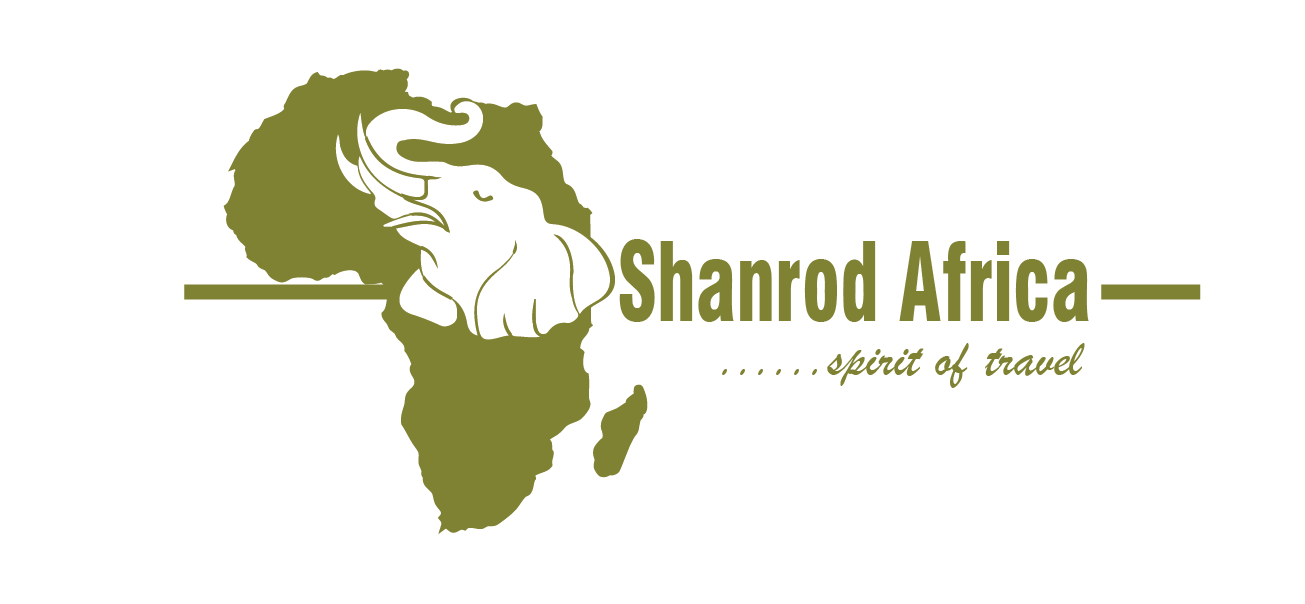Top attractions
Golden beaches and year-round sunshine
Choose one of Durban’s popular beaches with amenities galore plus superb surfing, or make your way north to the Dolphin or Elephant coasts, or south to the Hibiscus Coast and Gulf Coast. Wherever you find sand and sea, though, you’re almost guaranteed good weather. Sodwana Bay is a diving and fishing mecca.
Game parks
KwaZulu-Natal’s game parks, although not so well known internationally and much smaller in scale than the Kruger National Park, are nonetheless teeming with game. Hluhluwe- iMfolozi – only a 20th the size of its big brother – seems wilder and freer in some ways, chiefly because, other than its award-winning Hilltop Camp, none of the smaller camps are fenced off. There are also superb private game reserves such as Phinda (Pinda) Private Game Reserve.
The Drakensberg Mountains
This magnificent mountain range, the largest part of which is in KwaZulu-Natal, borders the tiny mountain kingdom of Lesotho and stretches from KwaZulu-Natal’s south-west right up to the Kruger National Park. The entire mountain range traverses the Eastern Cape, Mpumalanga and ends in Limpopo. It’s a home to some of the finest and most accessible rock art in the world.
Battlefields
This is the province where major South African battles took place: the Battle of Blood River; the Battle of Isandlwana; the Battle of Rorke’s Drift; and major battles of the two Anglo- Boer Wars.
iSimangaliso Wetland Park
South Africa’s first natural World Heritage Site and third- largest park stretches from Mapelane (Cape St Lucia) in the south to Kosi Bay in the north, along about 220km of untouched coastline. It is home to astounding beauty, five interlinking ecosytems, game, coral reefs and hundreds of species of birds.
Zulu cultural villages
A visit to an authentic Zulu village is often a highlight. Shakaland, north of Durban and Eshowe, was built as a film set in the 1980s. It’s a fun experience where you can join in the sensational tribal dancing, eat local food, buy curios and stay overnight. At Simunye Zulu Lodge, also north of Durban, near Melmoth, you may well become part of a genuine local wedding or other local ceremony.
Although Durban is the most popular and well-known city in KwaZulu-Natal, Pietermaritzburg is the capital.
Beaches and mountains
KwaZulu-Natal is famed for its glorious beaches, which stretch both north (North Coast) and south (South Coast) of Durban. Its year-round favourable climate allows for beach-going 12 months a year. Both the North Coast and South Coast are dotted with holiday towns of varying sizes, while Durban itself offers excellent accommodation and beautiful beaches.
If you travel north to the Elephant Coast, which stretches along the coast from the iMfolozi River in the south to the Mozambique border in the north, you’ll find some of the country’s wildest and most beautiful beaches, ancestral nesting sites of giant turtles and abundant marine life.
The province is also home the Drakensberg mountains (the Zulus call them the ‘Barrier of Spears’) in the uKhahlamba-Drakensberg Park, a natural and cultural World Heritage Site owing to the mountains’ rock art and natural beauty, and a popular destination for local and international tourists alike. The mountains offer dramatic views and outdoor activities, and are an important cultural resource, containing many thousands of works of San rock art that date back to the late Stone Age.
KwaZulu-Natal is home to two UNESCO World Heritage Sites: iSimangaliso Wetland Park and uKhahlamba-Drakensberg Park
Game viewing, natural attractions and history
Although they may not be as well known as the Kruger National Park, KwaZulu-Natal is home to a number of game reserves that offer Big Five experiences, including the Hluhluwe-iMfolozi Game Reserve and private game reserves. Choose self-drive or guided game drives or walks.
The province also offers the iSimangaliso Wetland Park, an amazing water wilderness about 280km north of Durban that includes Lake St Lucia, the St Lucia and Maputaland marine reserves, the Coastal Forest Reserve and Kosi Bay Nature Reserve. There is about 220km of almost untouched coastline plus almost 333,000ha of gorgeous scenery, with habitats ranging from coral beaches and reefs to freshwater and saltwater marshes, coastal forests, high dunes and lush coastal plains … plus, South Africa’s biggest population of hippopotamus. It is home to game, natural beauty and interesting marine life.
KwaZulu-Natal is also a mecca for military history buffs – this is a province where some of South Africa’s most famous (and infamous) battles took place: the Boers defeated the Zulus at the Battle of Blood River in 1838; and a Zulu army humiliated the might of the British army at Isandlwana in 1879, immediately followed by the Battle of Rorke’s Drift, where a handful of British soldiers held off the same victorious Zulu army. The province also witnessed major battles between the Boers and the Brits in the Anglo-Boer wars of the late 19th century and early 20th century.
KwaZulu-Natal is the ancestral home of the Zulu people and Zulu is the most widely spoken African language in South Africa. The name of Shaka Zulu, the great warrior king, is widely known, and the 19th century battles between the Zulu and British Empire in KwaZulu-Natal are rooted in British and South African history. Reconstructed theme villages, where you can experience the culture, food and history of the Zulus, can be found throughout the province.
Sodwana Bay, a marine protected area, is one of the best scuba-diving sites in the world.

